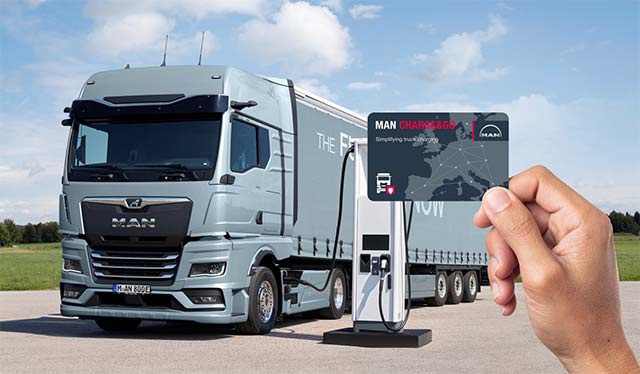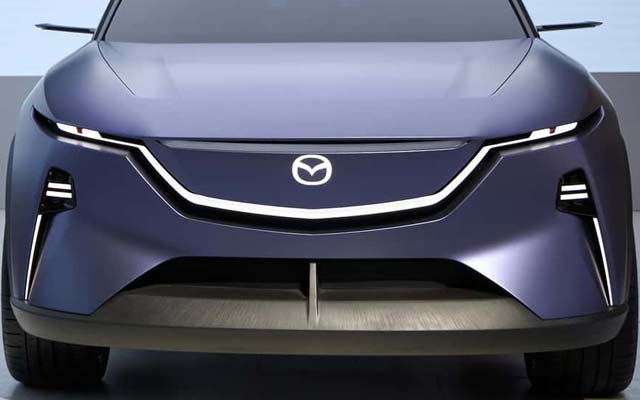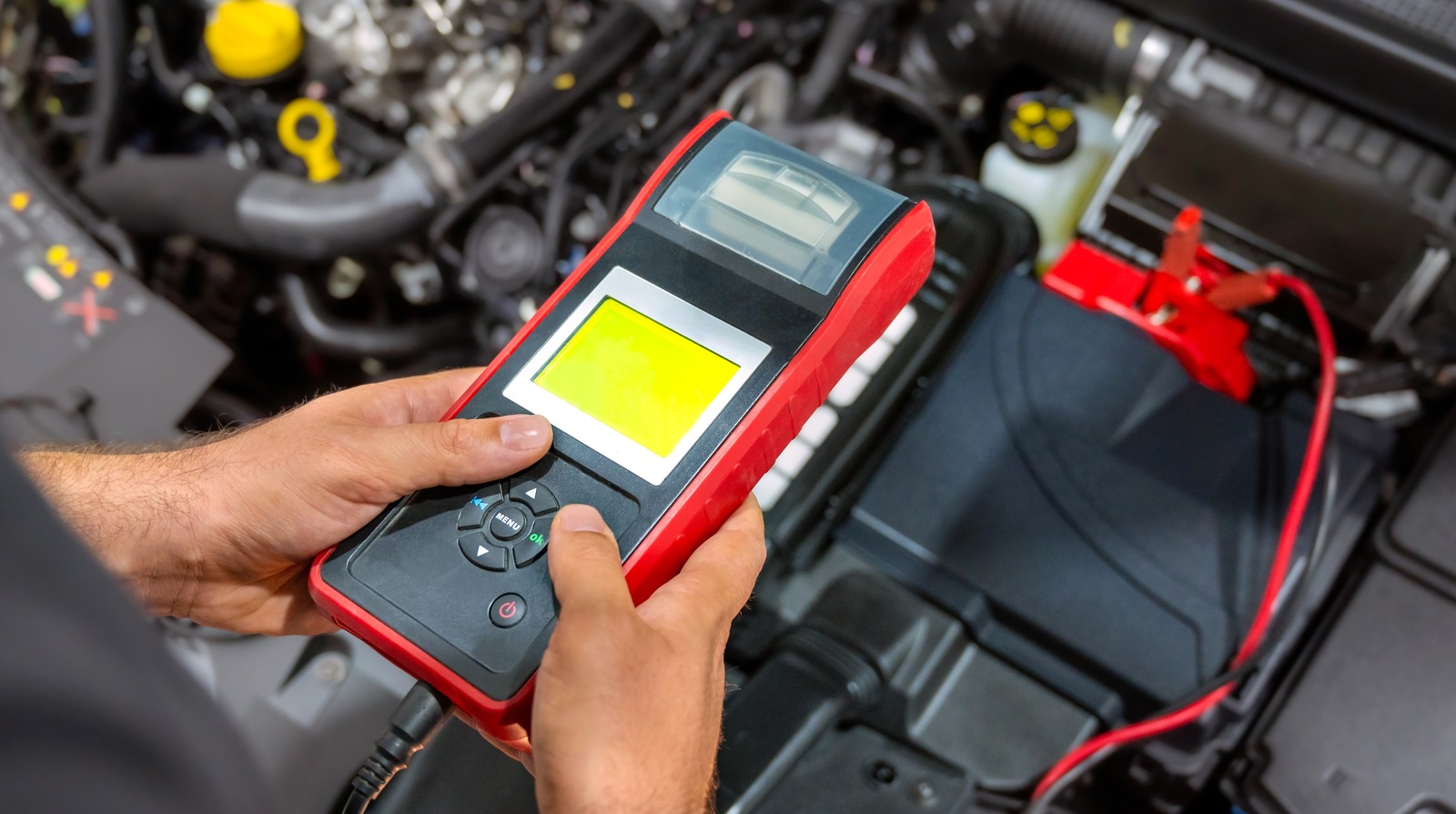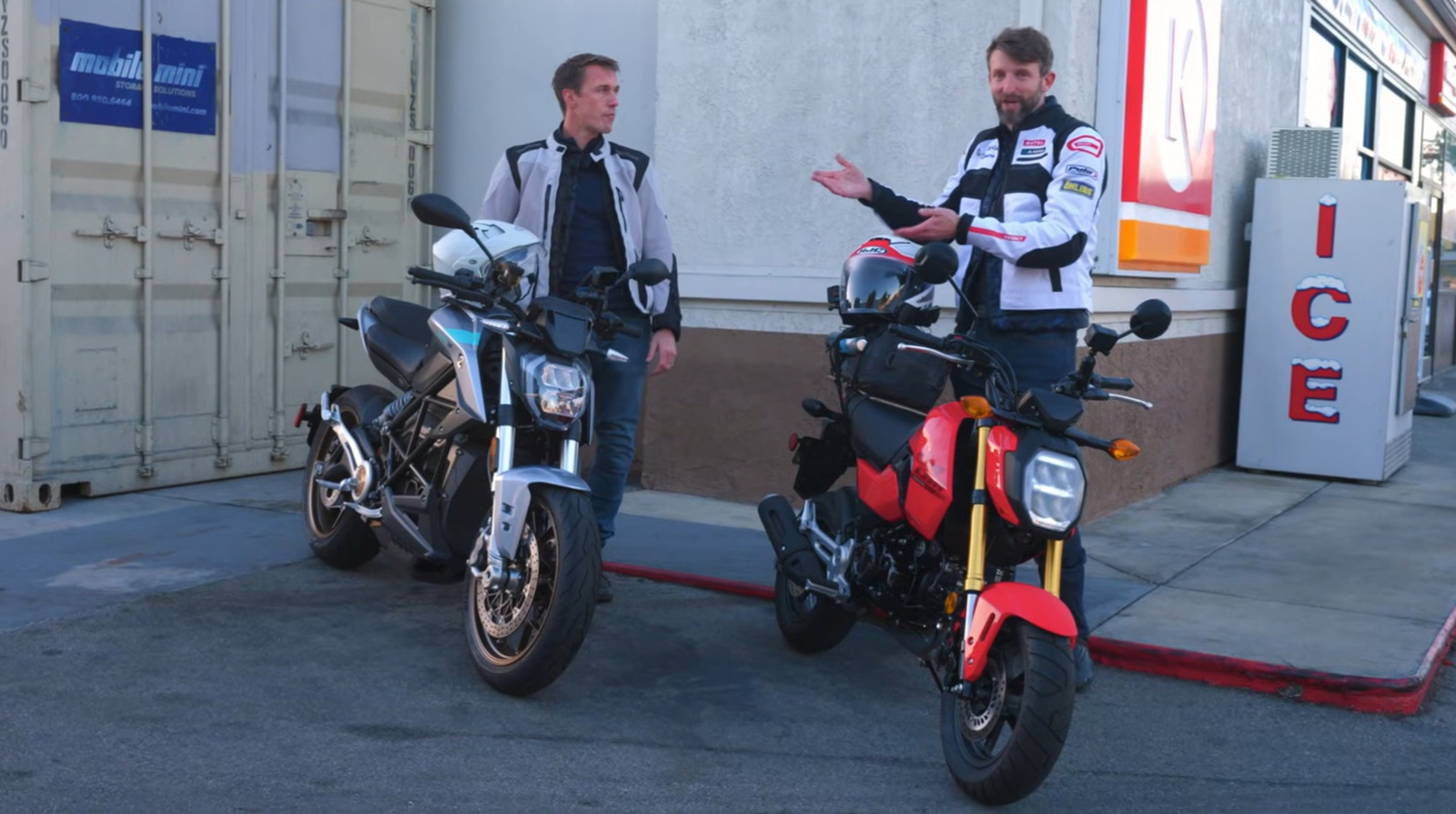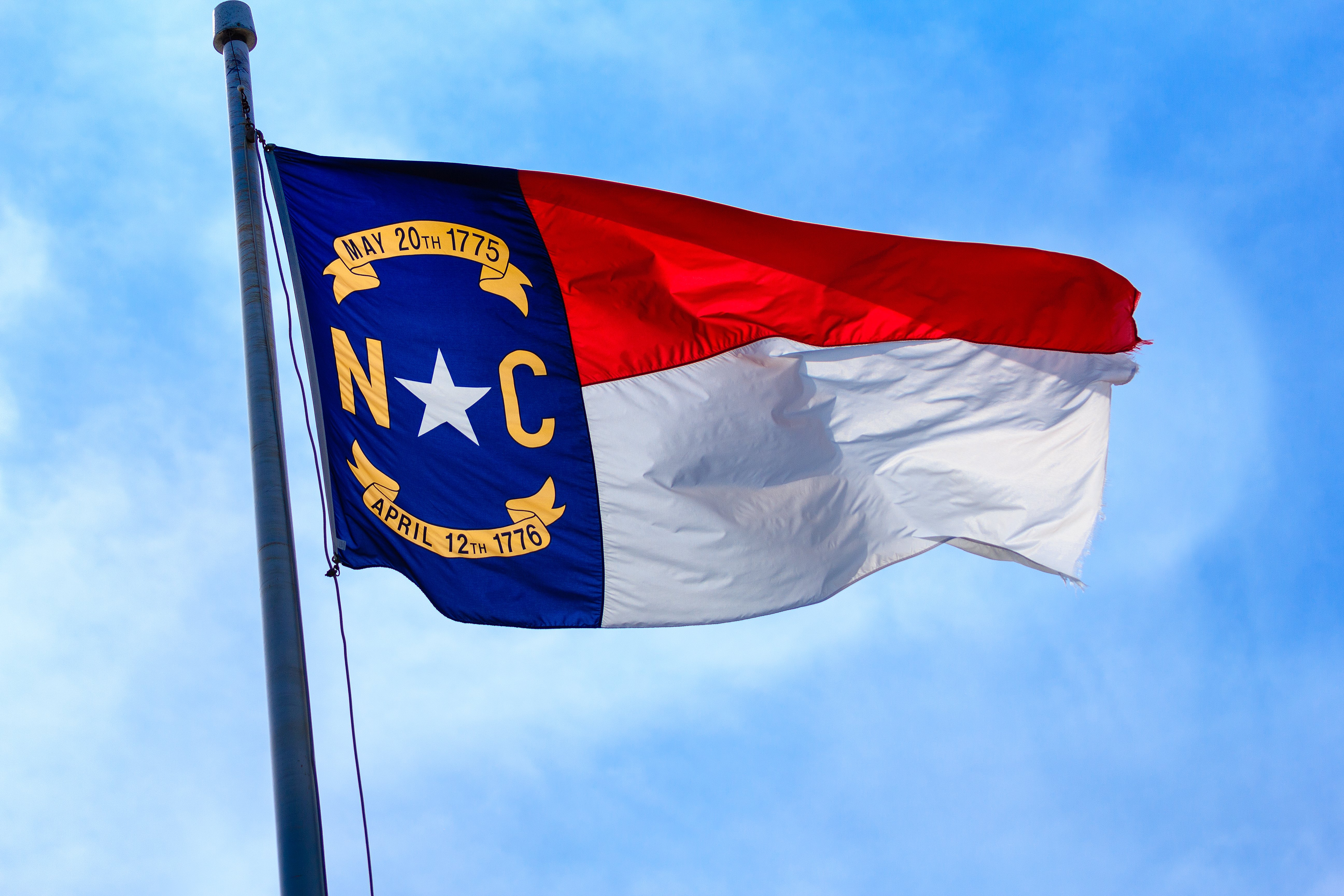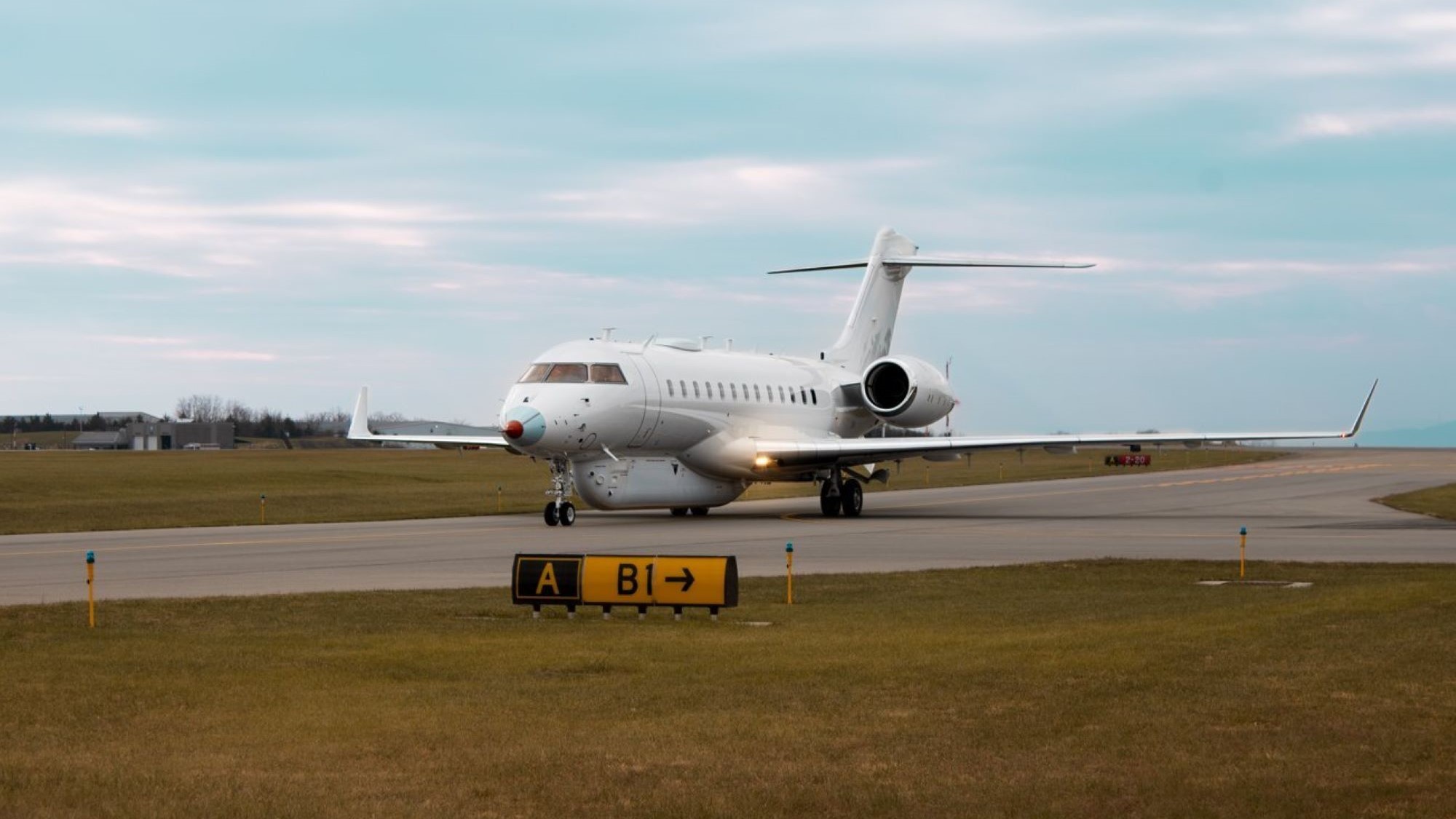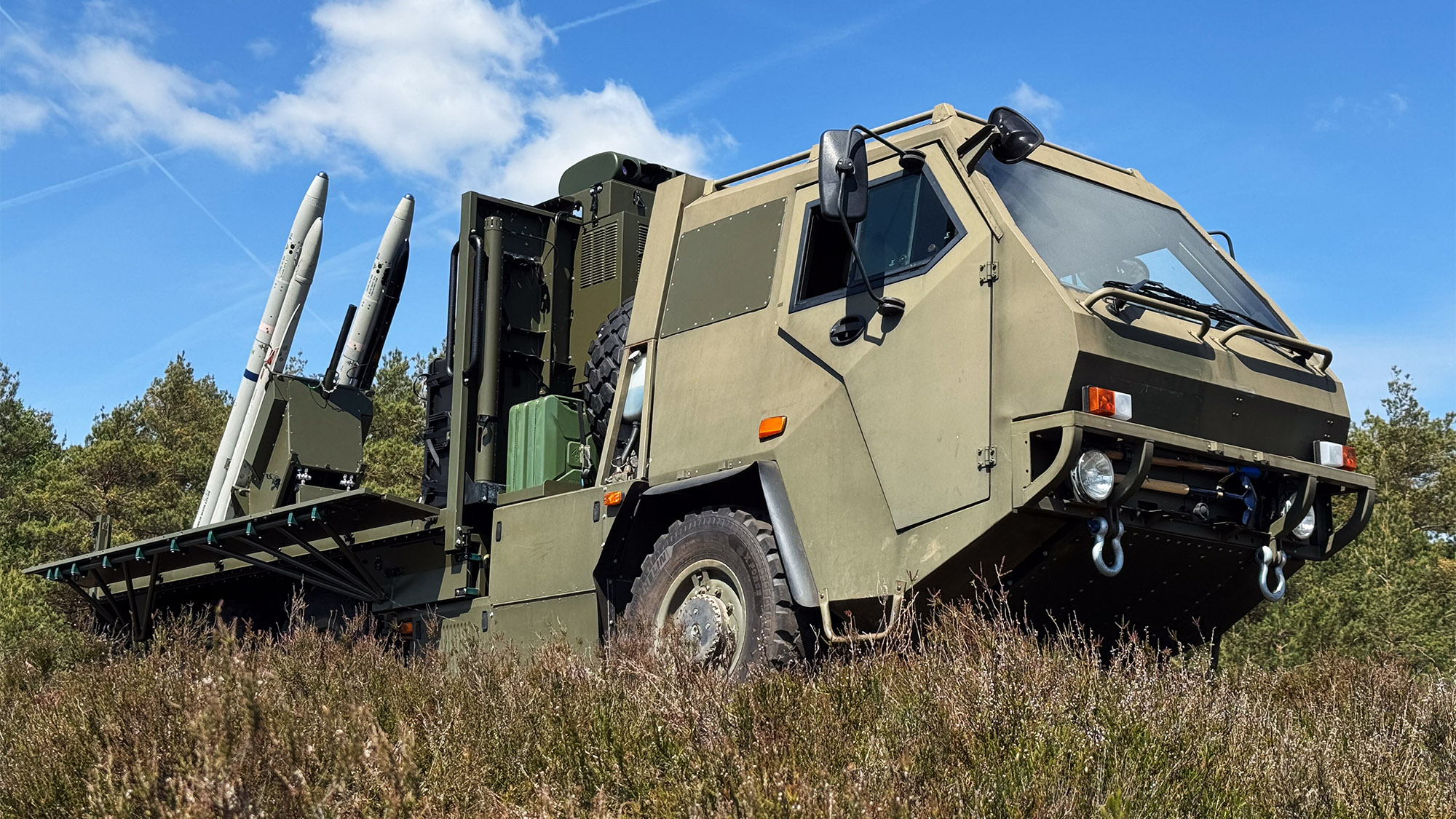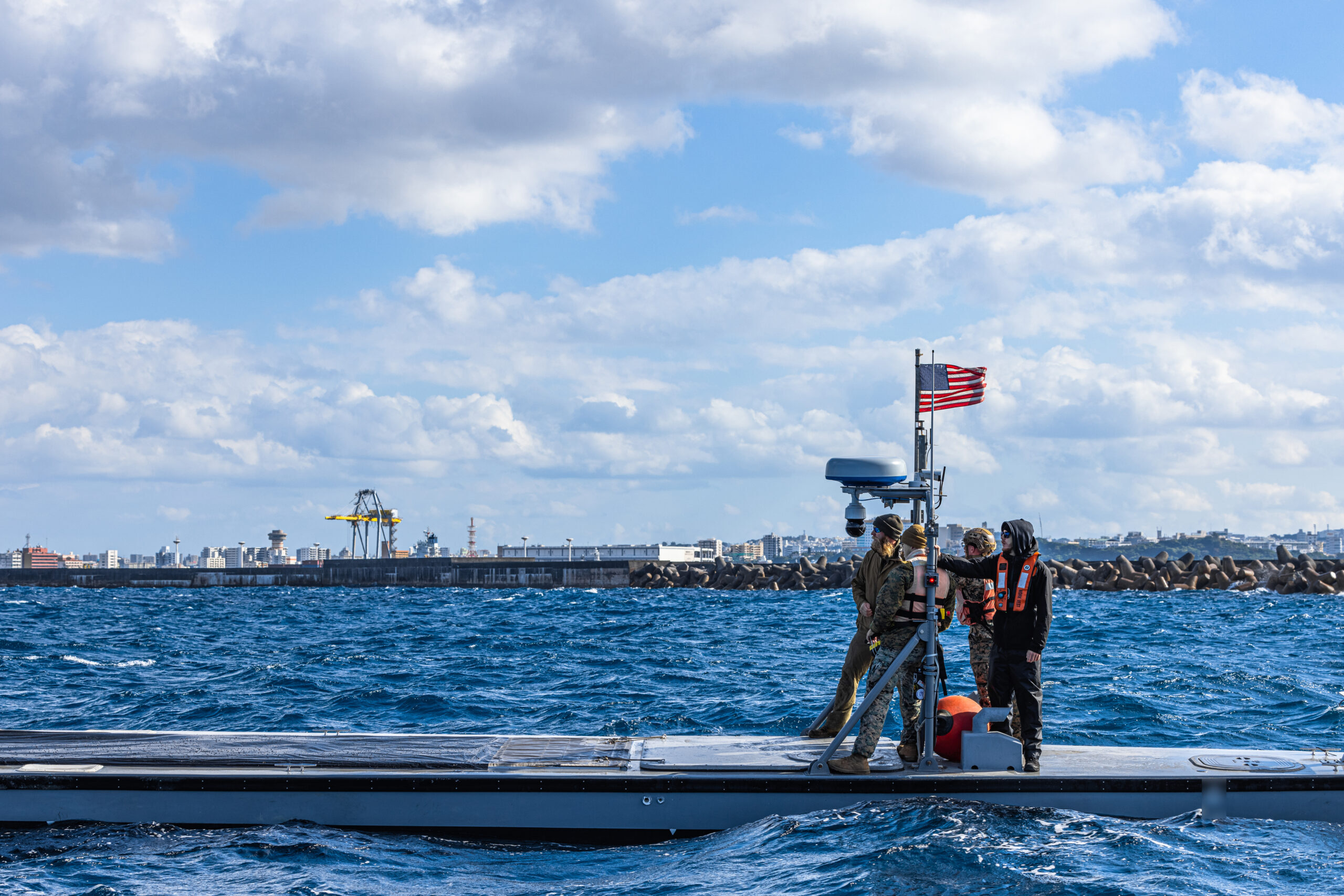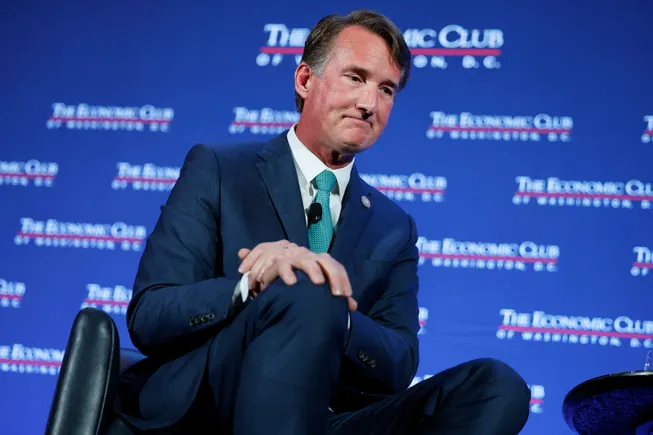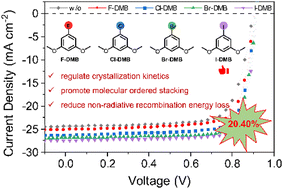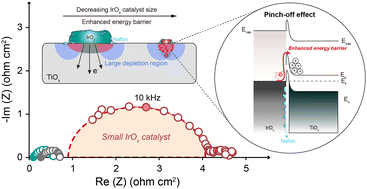Addressing the CDL issue takes cooperative regulation and multigroup efforts
State and federal officials are looking at ways to close loopholes and tighten regulations that govern how non-U.S. truck drivers gain the right to operate within the U.S. The post Addressing the CDL issue takes cooperative regulation and multigroup efforts appeared first on FreightWaves.

Parts 1 and 2 of this series looked at legislative and law enforcement efforts in Arkansas and Texas to grapple with a sharp rise in CDL fraud by non-U.S. citizens. Part 3 looks at the ease with which fraudsters have exploited a loophole to obtain a Mexican document that essentially grants them the privileges of a U.S. CDL holder.
NAFTA and its CDL ties that bind us
How did we get here? For that I needed a digital issue of the Texas Trucking Association magazine, The Steering Wheel, and more specifically the Fall/Winter edition from 2023 with an article titled, “Texas, the Mexican LFC, corruption and its threat to America.”
Our next windmill takes us to Nov. 19, 1991 when the United States and Mexico signed a memorandum of understanding allowing the reciprocal recognition of CDLs and allowing CDL holders to operate commercial motor vehicles in each other’s territory. By March 1994, Canada and Mexico entered a memorandum of understanding allowing for CDL reciprocity.
In the early days of the North American Free Trade Agreement, Mexican carriers were restricted to operating in a clearly defined border zone. This zone was explained to me as the counties that were on the border, meaning the restrictions limited Mexican carriers to “day crosser” status; in other words they couldn’t leave the border counties.
This is also the central theme of cabotage: When a Mexican or Canadian carrier delivers a load in the U.S., it must find a load directly back to its home country or the driver must deadhead back home. It’s explicit that these carriers cannot haul loads from one U.S. location to another domestically. So there’s no double dipping for freight, but under NAFTA, the area where these drivers could operate was about to expand past the border counties.
Fast forward a few years and change was on the horizon courtesy of the U.S. Congress. Between 2011 and 2015, a congressionally approved pilot program was implemented by the U.S. Department of Transportation and FMCSA to look at Mexican carriers’ safety and compliance levels to examine whether they could escape the confines of their border counties and do long-haul operations in the U.S. In 2015 the data was reported to Congress, and a limited number of Mexican carriers got the expanded authority.
What struck me was there was more concern over the Mexican LFC than a non-domiciled CDL. If the social media conversation of outrage over perceived roadway safety due to foreign CDL holders was real, the worry should be about the disruptive implications of foreign labor lawfully in the U.S. on work visas and how that will drive down my wages.
What I learned instead was that it was much easier for fraudsters to simply exploit the Mexican LFC loophole, since the non-domicile route requires fraudsters to first try to forge I-94 documents, which show lawful presence in the U.S. The LFC route is much easier: An email selfie and $2,500, and a driver gets a Mexican LFC that is recognized in U.S. CDL enforcement databases via reciprocal agreements.
For someone living in any country other than Mexico, this is where a Non-Domiciled CDL comes into play.
For example, let’s take a person living in Ireland who wants to get a CDL in a state that allows a non-domiciled CDL to be issued. The first thing the applicant needs is an I-94 form. It can come in the form of a work visa or type of work authorization. Next comes a trip to the DMV office with that document and proof of local residency (think a utility bill), as well as an application to take the written and practical exam. The person still must meet all the requirements to get a CDL but just doesn’t have a domicile in the state.
What kind of CDL holder are you?
To fix this problem and untangle the web we have woven so far requires a multipronged approach. The main goal is to remove the reciprocal recognition of Mexican and Canadian CDLs for intrastate commerce outside of a driver’s jurisdiction of domicile. By changing the wording, drivers would have to go the same route as a non-domiciled CDL holder from the rest of the world and get proper work authorization and legal standing to operate on American roads.
In a petition to the FMCSA from Dec. 16, 2024, the Texas Department of Public Safety released a letter recommending specific changes to the regs. Below are some of the highlights; the first change involves amending Title 49 CFR § 383.23 to remove the reciprocal recognition, while the second requires those Mexican and Canadian CDL holders to have a non-domiciled CDL like every other country.

The key term is intrastate commerce outside of the driver’s jurisdiction or domicile. To put it more plainly, under the current reciprocal status, Mexican or Canadian CDL holders can operate in the United States doing intrastate commerce. They can work for a U.S.-based motor carrier without needing a non-domiciled CDL and work authorization to be here. The clever loophole companies can use is to hire these foreign drivers and pay them significantly less while avoiding the pesky problem of a Mexican or Canadian motor carrier needing to either haul a load back or deadhead to its country of origin.
The second part targets enforcement via amending the Q&A under the regs.

All the marked out red text mentions the loophole under which the U.S. recognizes Mexican or Canadian CDLs as reciprocal when in Part 2 I illustrated I can pay $2,500 for a fraudulent Mexican CDL. I cannot pay $2,500 for a fraudulent U.S. CDL.
The addition, “who is domiciled within the U.S.” fixes the loophole by which these foreign CDL holders can live in the United States without needing work authorization like a green card. By making them establish residency and go through the proper documentation channels to get a non-domicle CDL, the FMCSA at least has some idea of how many there are.
The third and final part involves the non-domicile verbiage.

FreightX and social media are awash in claims that non-domicled drivers may be used to undercut wages or dump labor. In the eyes of the government, these CDL holders still require a form of work authorization, or documents showing they’re allowed to be here for a time. Additionally, a non-domiciled CDL holder must still pass the CDL test like everyone else.
The real issue is, with the current reciprocal CDL loophole, why would a carrier worry about a non-domicled CDL holder when it can commit fraud and snag a fake Mexican or Canadian CDL and avoid the entire hassle?
Now what happens?
The short answer: We wait for a large-scale federal effort to untangle the web of state-by-state regulation AND wait for a federal system of enforcement. For the nearly 1,100-strong staff at the FMCSA, this task is easier said than done. Current media attention has been on the decaying and crumbling infrastructure of airlines, but the 45,000 people who work for the Federal Aviation Administration have magnitudes more resources to handle air safety than the FMCSA does for road safety.
To put this issue in its proper context, the White House notes that over 120 people are killed every day as a result of motor vehicle crashes. This is roughly the equivalent of a Boeing 737-700 crashing each day. Yet pilots and the air traffic controllers who guide them are thoroughly vetted through rigorous federal standards. For the nation’s truck drivers, the inconvenient truth is that their licenses and certifications do not follow such rigorous standards and are prone to abuse and fraud.
It took decades for this fraudulent system to develop under the auspices of good intentions. It may take years for the full extent of this shadow labor to be known. With the executive order mandating English proficiency, a “commonsense rules of the road” must be established. But there is no clear verbiage on how the secretary of transportation must establish or enforce these rules.
The Commercial Vehicle Safety Alliance has issued new guidance for out-of-service placements for drivers who don’t meet English proficiency. It goes into effect June 25. While the FMCSA has the responsibility of setting regulation, the CVSA has the authority to determine what will ultimately end up putting a driver out of service. In the end, enforcement will be left up to the folks who make up the CVSA’s membership base: highway patrols, local law enforcement, etc. In other words, it’s back to the states.
Ultimately, we have come full circle with the states being the front lines, with slightly new marching orders.
Now we ask, “If English language proficiency is at the center of this battle, what is actually making our roads less safe?”
The post Addressing the CDL issue takes cooperative regulation and multigroup efforts appeared first on FreightWaves.






















